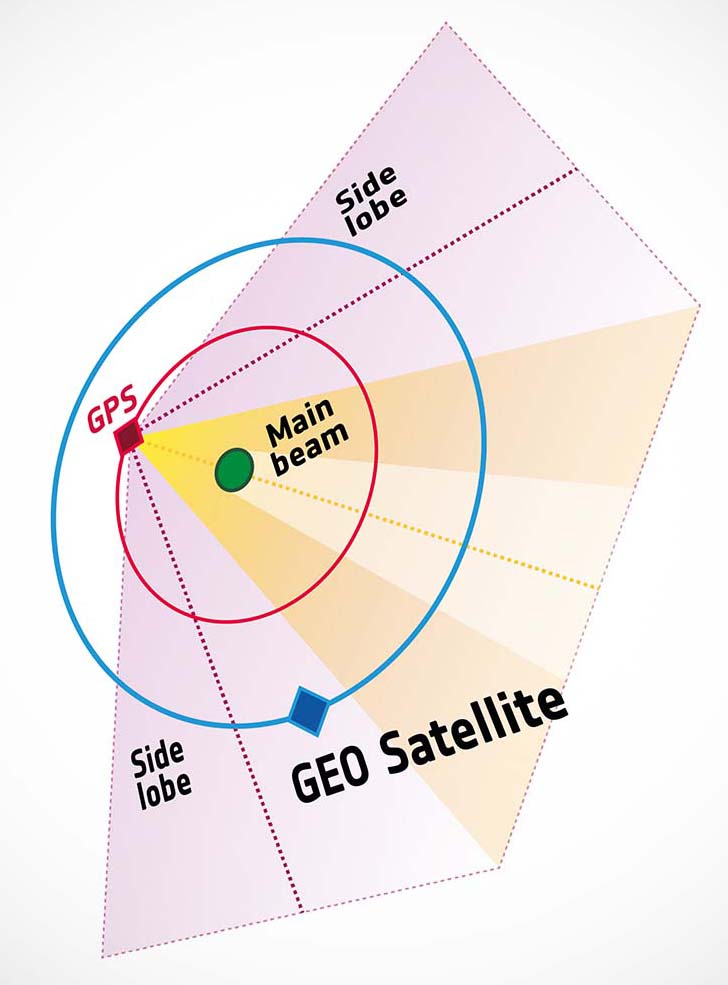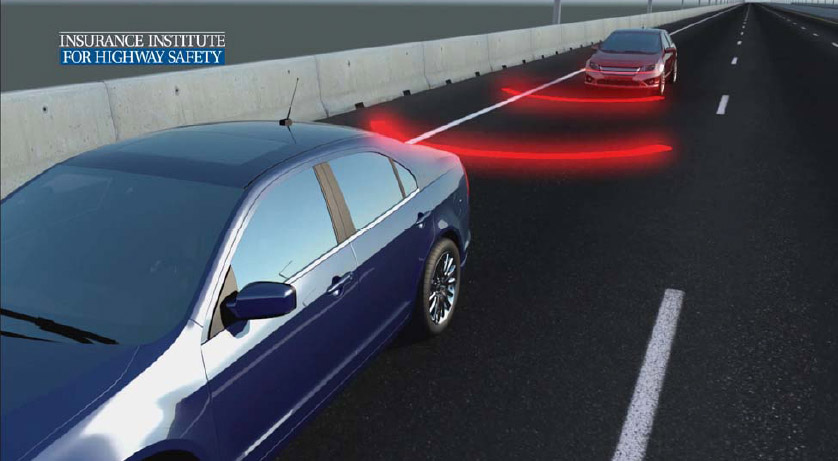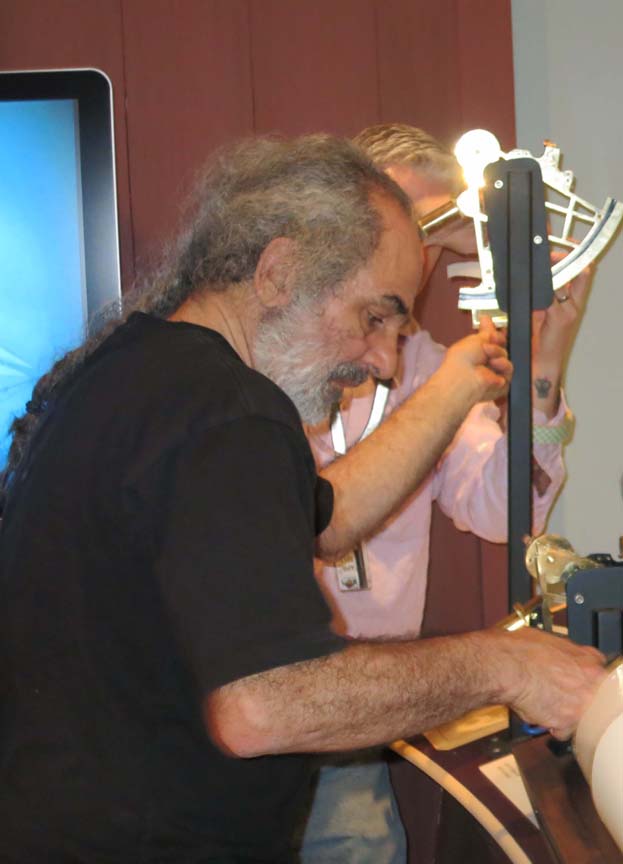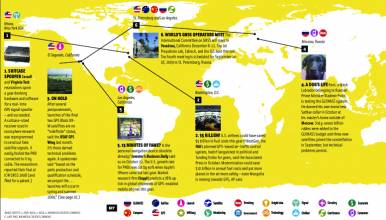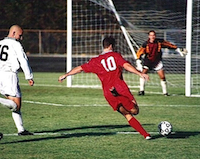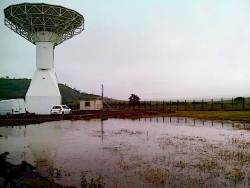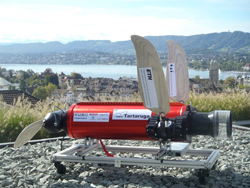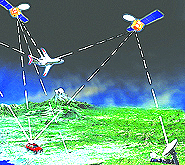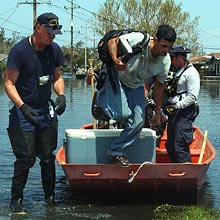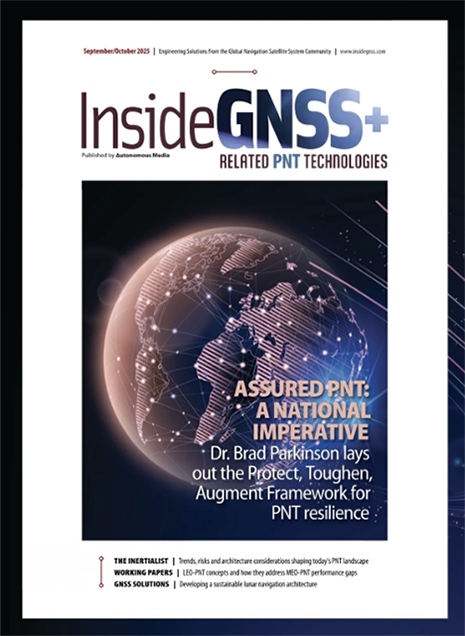Military GPS Budget Appears Steady as President Bids to Slow Defense Cuts
Spending pressures on the Pentagon seem to be coming from every direction, and the GPS program appears unlikely to avoid them entirely.
The growing needs of veterans are poised to force up health care budgets and higher transportation costs and operating tempos have dug a $22 billion-hole in the accounts for Overseas Contingency Operations in places such as Afghanistan.
By Inside GNSS


